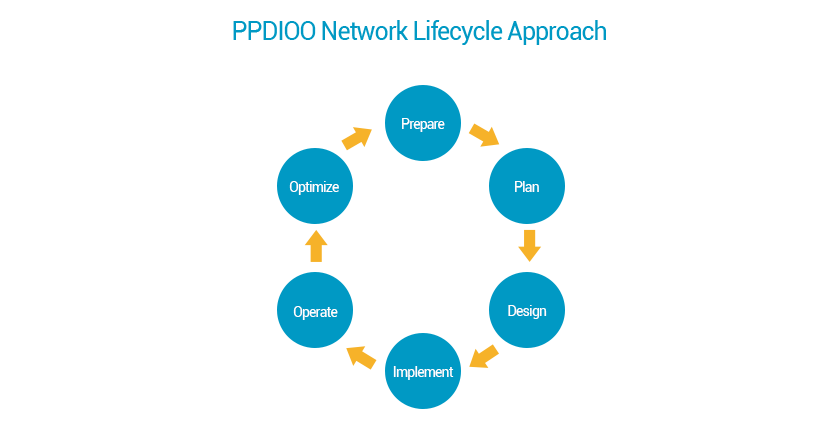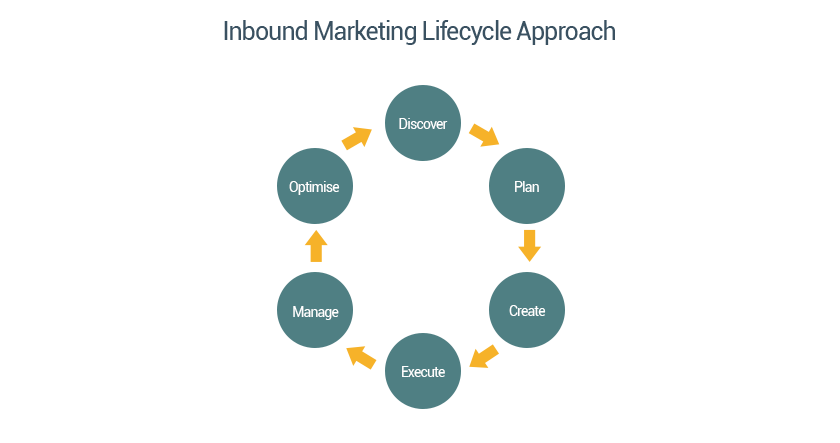Modern Inbound Marketing requires the right blend of people, process and technology to drive results. You need the right cross-section of multi-disciplined talent, a proven repeatable process and software to bring it all together and provide the data-driven insights you need.
In modern Inbound Marketing the only constant is change. What worked today will not necessarily work tomorrow. Marketing solutions have an end of life.
Processes need to be more fluid and as a result, businesses have to become more agile and flexible. That being said, in order to measure what you're doing effectively you need a framework in which to operate.
Struto benefits from a history of having a founding member and a shareholder, both coming from a Cisco technology background. Why would tech-heavy, industry experience be of benefit to an Inbound Marketing company with an emphasis on marketing and sales, you might wonder?
"Modern marketing is powered by software. We need to think like marketers and act more like technology companies." - Craig Wiltshire, Struto CEO
The Principles of ITIL
ITIL (Information Technology Infrastructure Library) is the practice in the IT industry of aligning IT services with the various needs of a business. Its principles concentrate on lifecycles and iterations to repeatedly keep servicing their clients. The principle of Continuous Improvement Process is exactly how our proven process at Struto works in order to implement your Inbound Marketing, and for a very good reason, it's effective!
To fully understand the connection between our process and this "lifecycle" format – let's have a look at Cisco's brand of ITIL and how its design would lay the groundwork for Struto's outlook on marketing and sales.
CISCO's adoption of ITIL
Cisco adopted ITIL as the basis for their PPDIOO Lifecycle services methodology: Cisco's lifecycle service methodology provides a framework around which network engineers could manage the technology that underpinned a solution for the lifetime of said solution.
Cisco's lifecycle service methodology provides a framework around which network engineers could manage the technology that underpinned a solution for the lifetime of said solution.
Struto's approach to Marketing and Sales
Each campaign and it's related digital assets require strategy, planning, creation and implementation. For marketing to perform it's got to be managed, measured and decisions have to be made based on insights gathered from data over a specific timeframe. This is the marketing solution lifecycle.
ITIL and Struto – How it all comes together?
Coupled with an agile approach to Inbound Marketing, we laid out our very own Marketing Lifecycle Service framework based on Cisco's brand of ITIL, which has proven to be a very successful model for our clients and our company. Struto's marketing lifecycle service for Inbound looks like this:  Discover / Plan / Create / Execute / Manage / Optimise
Discover / Plan / Create / Execute / Manage / Optimise
Discover:
The discover stage, like that of the Prepare phase of Cisco's ITIL method, has to do with getting to grips with your business. We run a series of evaluations and audits to discover if your business and marketing is ready to adapt to our services. We look at your current marketing assets and compare it with your goals and wishlists. Along with in-depth audits, we look at potential marketing assets and resources to improve your outreach. This is where the strategy gets laid out. We align these findings to our Performance-Driven Marketing services as well as the Struto Strategic Marketing Matrix to build out a customised Marketing Game Plan. You'll receive a Marketing Scorecard that ties our tactics in this Game Plan to measurable results and planned output.
Plan:
In the planning stage – similar to Cisco's ITIL Plan phase – we aim to map out our findings from the discover. We address your Marketing Game Plan set up in the discover and agree with your KPI's (key performance indicators) and goals, and challenge those that are unrealistic or not inline with the growth of your project.
Create:
Things start to get interesting as our designers and developers come together to build out the assets outlined in your Game Plan. Our team of copywriters expertly weave your story in line with the target personas of your company as well as communicate the raison d'etre of your brand. This stage aligns with Cisco's Design phase.
Execute:
Execute, or Implement when referring to Cisco's ITIL, is rather self-explanatory. This step deals with our experienced technicians getting to the nitty-gritty of deploying your content and marketing to pull as much targeted traffic to your site and convert those visitors into leads. Following the Inbound methodology, these leads are worked on and nurtured throughout their prospective buyer's journey until they are ready to purchase. They are then further delighted to become evangelists or promoters.
Manage:
An extension of the execution stage, managing your site involves the in-depth monitoring of your performance after all changes get made and implemented. A dedicated team of Inbound Marketers set out to attract as many visitors as possible through specialised social, analytical, SEO, CRO and copywriting functions. The team is lead by a Solution Owner who doubles as your day-to-day account manager. The Solution Owner adapts these activities according to performance, then reviews these results in comparison to your Marketing Scorecard. This stage reflects the Operate phase of Cisco ITIL.
Optimise:
The final cog in the repeated lifecycle wheel is to optimise all of these adaptations and to reflect which of these changes work and which don't - and most importantly, why they don't work. During this stage, reports are compiled by performance analysts that uncover opportunities and reveal redundancies, akin to that of the Optimise phase of Cisco's ITIL.
While it's easy to see the Cisco ITIL lifecycle framework take shape in Struto's Marketing Lifecycle – the similarities start and end in processes only. The methodology is, naturally, distinctly different as the industries are different. The roots remain the same, with the key factor of both principles (and why our founders implemented this structure in the first place) being the ability to make iterations based on constant monitoring throughout.
The Marketing Lifecycle is just that, a life cycle. The circle is never really complete as you, the client, may continue for as long as you wish to not only improve and tweak your website, but attract that ever-evolving customer too.

